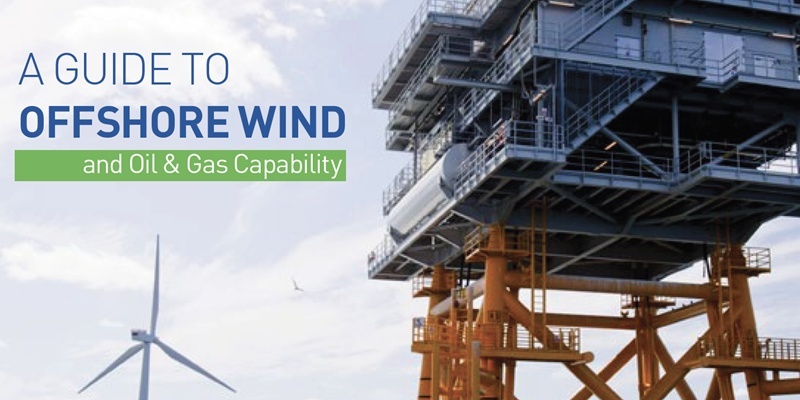Scotland’s offshore wind industry could be given a massive headstart over its international rivals because of the country’s oil and gas industry.
A new report by Scottish Enterprise claims the knowledge and expertise available could reduce overheads by at least 20%.
The Guide to Offshore Wind and Oil and Gas Capability (link to PDF) aims to encourage oil and gas firms to invest in the Scottish renewable energy sector and predicts the talent pool available in Scotland could reduce costs by around £330 million over the lifespan of a typical offshore windfarm.
The report coincides with the Scottish Low Carbon Investment conference in Edinburgh, which seeks to promote investment in the renewable energy sector.
The UK, Germany and China are the world’s largest offshore wind markets and the three countries will install 11 gigawatts of new offshore wind capacity over the next four years more than 83% of total global capacity.
Between now and 2015 the UK is expected to be the largest single market as the projects linked to Crown Estate territories off the coast are developed. Around 10GW of capacity could be installed in Scotland alone by 2020.
First Minister Alex Salmond said: ”Inward investment announcements over the last year have underlined Scotland’s position as a leading location for the development of offshore renewable technology, building on our competitive advantage gained through decades of offshore engineering expertise from our oil and gas industry.
”The summit that proposed this guide was itself a result of discussions at last year’s inaugural Scottish Low Carbon Investment conference.
“As the SLCI conference returns this week, there will be further debate about how public and private sectors can work together to seize the opportunities of the burgeoning global offshore renewables industry while tackling the challenges, including driving down costs. The guide can provide an important contribution to those discussions.”
Scottish Enterprise director of energy and low carbon technologies Adrian Gillespie said: ”With the UK offshore wind market set to grow rapidly over the next four years, and the Government’s ambitious renewable energy generation targets, we must ensure Scotland is best placed to capitalise on these opportunities.
”Scotland has over 40 years experience in the oil and gas sector that could greatly benefit the offshore wind sector. By encouraging greater collaboration and knowledge sharing between these two important sectors, we will create a lasting and positive effect on the Scottish economy.”
Jenny Hogan, director of policy for Scottish Renewables, said: ”The expertise amassed over decades of exploration and production in the North Sea is already proving invaluable as the industry seeks to achieve significant cost savings by developing new contracting structures, optimising installation techniques, maximising reliability and ensuring a safe working environment.
”Scotland has great offshore wind potential, but other areas around Europe are all competing with us for investment and manufacturing facilities. By working with the existing oil and gas supply chain, forged over the last four decades, the offshore renewables sector can become ever more competitive and help Scotland establish its growing reputation as a global leader.”
Tayside and Fife both hope to cash in on the offshore wind energy boom. Dundee is seen as an ideal location to nurture the industry in Scotland because of its deep-water port and proximity to North Sea sites earmarked for development.
However, last week the city was warned it could lose out on hundreds of jobs in the sector unless more is done to secure inward investment (link).
